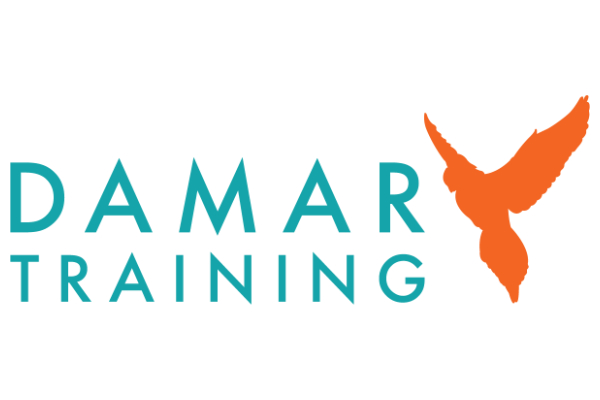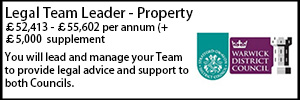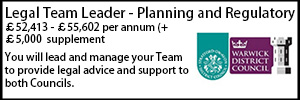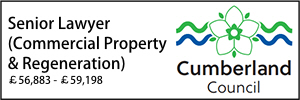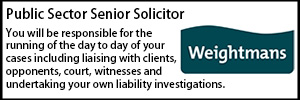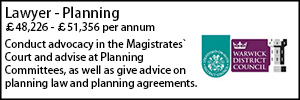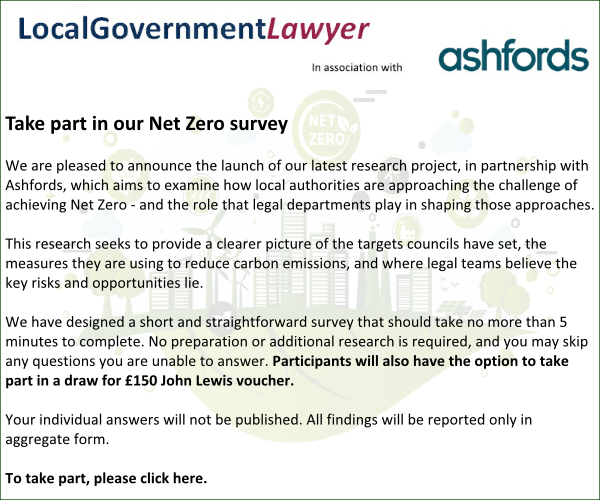Refinements to the UK subsidy control regime
- Details
The Government has announced refinements to the UK Subsidy Control regime. Tim Pettman from the Department for Business and Trade sets out the key points.
The Department for Business and Trade (DBT) recently ran a public consultation on refinements to the UK subsidy control regime and has today published its response. We are announcing several refinements to the regime including:
- Increasing the mandatory threshold for referring subsidies in non-sensitive sectors to the Competition and Markets Authority (CMA) from £10m to £25m.
- Creating two new streamlined routes: (1) Arts and Culture; (2) Community Regeneration.
The public consultation ran for 8 weeks from 26 November to 21 January, focussed on amending the monetary thresholds for referring subsidies to the CMA’s Subsidy Advice Unit and creating new “streamlined routes”.
We will also be amending the transparency regulations to remove a duplicative requirement whereby public authorities are currently required to provide certain information when uploading subsidy awards given under schemes, when such information has already been provided during the upload of the scheme.
The changes will reduce the administrative and financial costs faced by public authorities giving subsidies and contribute to the government’s mission of delivering economic growth.
What is the UK’s subsidy control regime?
The Subsidy Control Act 2022 came into force on 4 January 2023, establishing the framework for the UK's subsidy control regime. The UK regime is flexible and permissive - subsidies are permitted provided that a public authority is compliant with the legal obligations under the Act, including the requirements of the UK's international obligations.
The regime replaces State Aid rules that previously applied when the UK was a member of the European Union. However, State Aid rules continue to apply in Northern Ireland but only in relation to trade in goods and wholesale electricity between Northern Ireland and the EU.
The UK's subsidy control regime is designed to ensure that public authorities, including devolved governments and local authorities, fully consider the impacts of their proposed subsidies, to ensure that they are used effectively and with the minimum distortion to competition.
What do the changes mean for the regime?
Threshold change for referral to CMA
The CMA plays a key role in the subsidy control regime by providing independent (non-binding) reports on subsidies which are referred to it. The purpose of the CMA’s role is to focus on those subsidies or schemes which pose a substantial risk of negative impacts on domestic competition or investment, or on international trade and investment.
Currently, the threshold for mandatory referral to the CMA is for any subsidies or schemes which provide individual subsidies exceeding £10 million, or subsidies or schemes which exceed £5 million in sensitive sectors. Subsidies or schemes which provide individual subsidies of between £5 million to £10 million in non-sensitive sectors may be voluntarily referred to the CMA.
We have decided to raise the threshold for mandatory referral of a subsidy or scheme to the CMA from £10 million to £25 million. This change is in response to the consultation, which suggested that the current £10 million threshold is too low.
This will reduce the administrative burden on public authorities seeking to give such subsidies and prevent undue delay to the giving of subsidies which do not pose a significant risk of distortion to competition or investment. Furthermore, this will help the CMA to focus its attention on subsidies which pose the highest risk to competition and investment.
The threshold for sensitive sectors and voluntary referrals will remain the same. Public authorities will therefore still be able to refer subsidies of £5 million or more to the CMA voluntarily, as has been the case since the new regime was established.
New streamlined routes
Streamlined routes are a type of subsidy scheme developed by the UK Government for public authorities to award subsidies that are routine and low risk. Subsidies awarded under streamlined routes do not require referral to the CMA and are not subject to the ‘cooling off period’, meaning public authorities using streamlined routes can award subsidies instantly. There are currently three streamlined routes: energy usage; research, development and innovation; and local growth.
We will be creating two new streamlined routes for subsidies – the first focusing on arts and culture and the second focusing on community regeneration. The consultation respondents overwhelmingly supported the two routes. These will be open to all public authorities, allowing them to give high-frequency, low-risk subsidies more easily provided they match specified criteria. We will continue to keep existing routes under review in line with feedback from consultation responses.
When will the changes come into effect?
Following Parliamentary scrutiny and, where appropriate, approval, the refinements to the regime will come into effect later this year, and we will provide further updates to both stakeholders and the public in due course. To receive regular updates on the subsidy control regime, including invites to teach-in sessions on what the changes will mean for you, please email “subscribe” to
Tim Pettman is a policy adviser on subsidy control at the Department for Business and Trade.
Sponsored articles
Walker Morris supports Tower Hamlets Council in first known Remediation Contribution Order application issued by local authority
Unlocking legal talent
Contracts Lawyer
Lawyer (Planning and Regulatory)
Legal Director - Government and Public Sector
Locums
Poll







